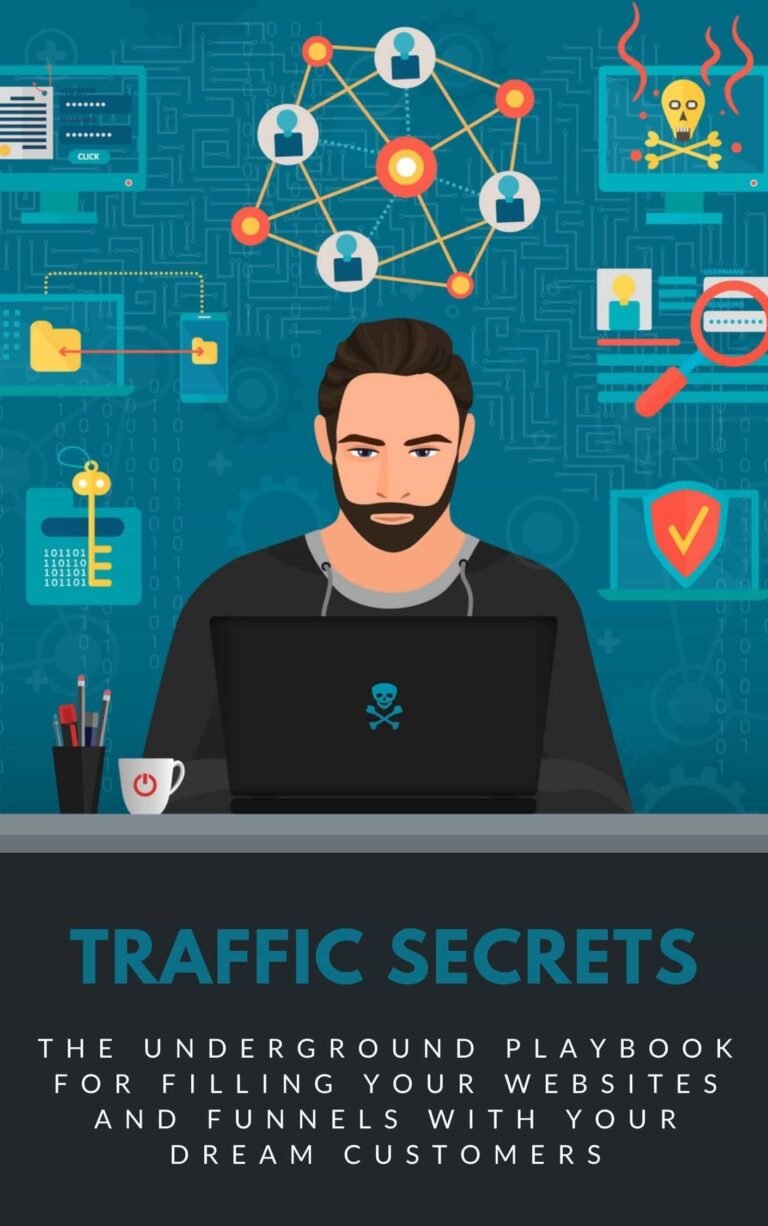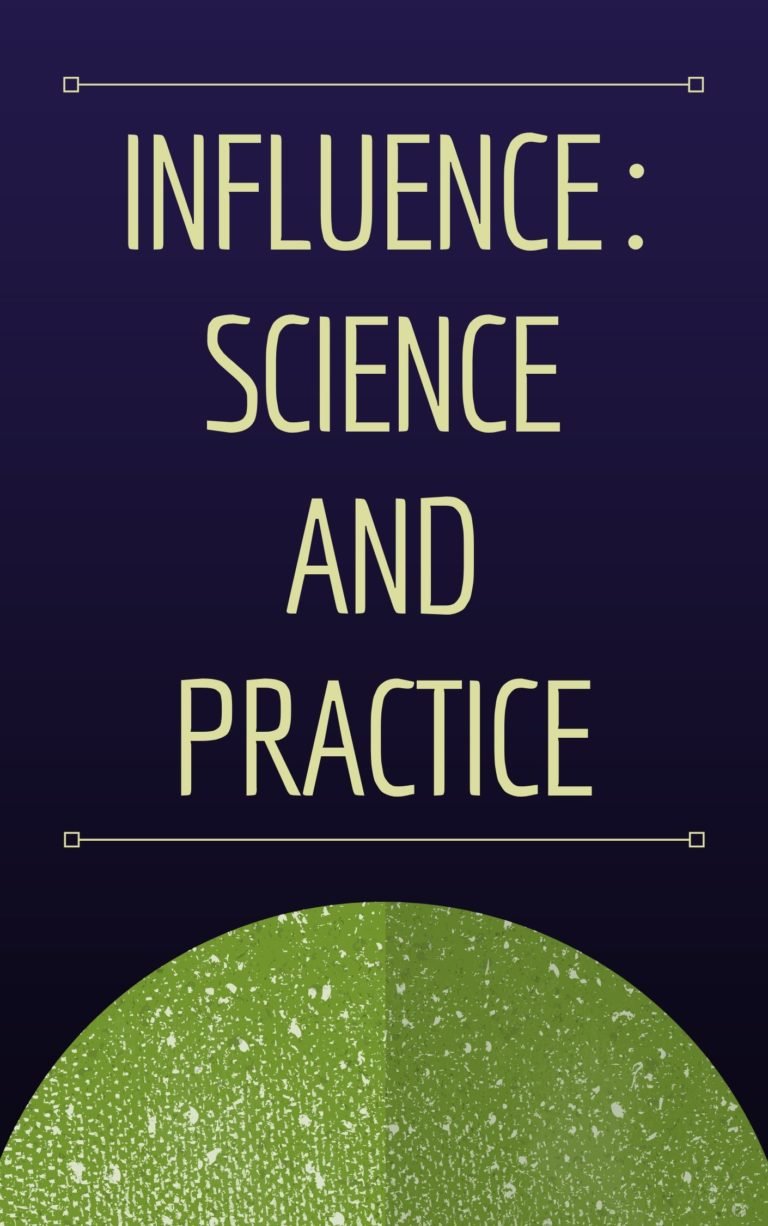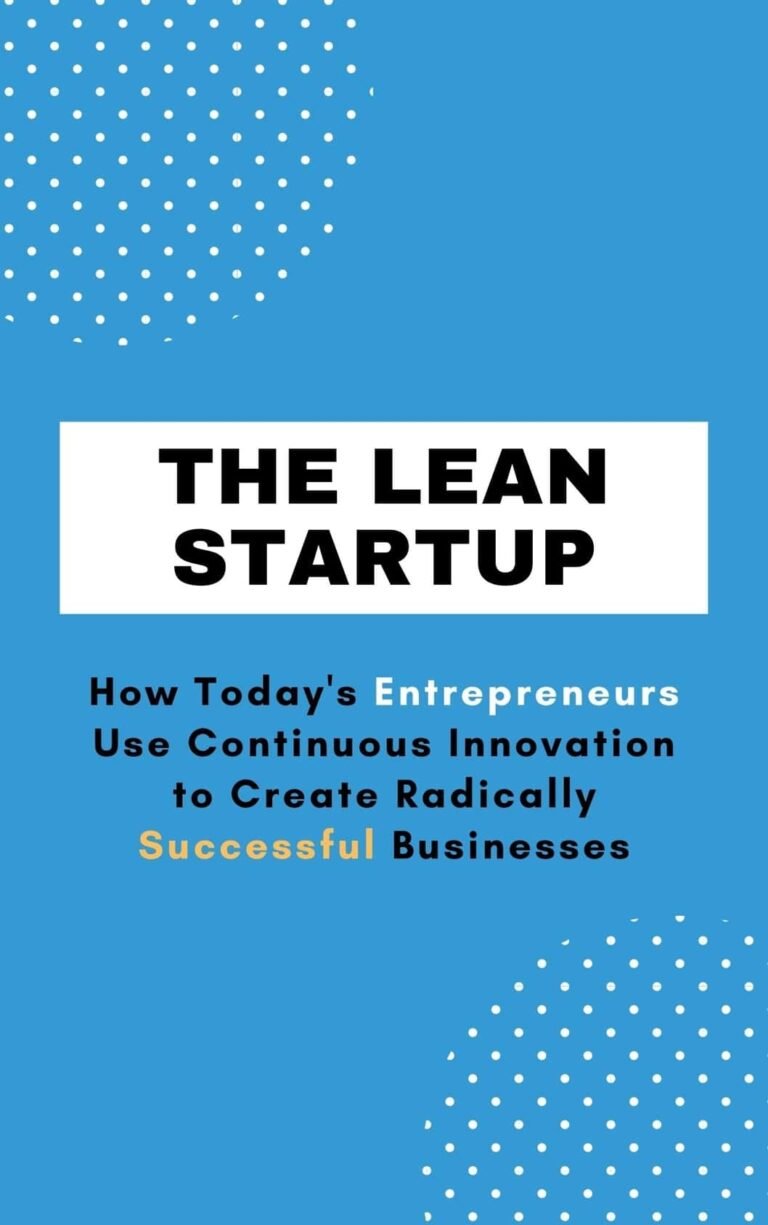This is Marketing
You Can’t Be Seen Until You Learn to See
Seth Godin
Rating: 8.0
“This is Marketing is interesting and useful for anyone who wants an insight into how, and why, we buy things or change our habits in any way – The Financial Times Book of the Month”
-The Financial Times
The true north of marketing has flipped. However, from the book summary of ‘This is Marketing’, you can discover how to make the impact you seek:
Advertising as we’ve known it is dead. Most companies when they think of marketing assume it means ads. Trying to get their product or service in front of as many eyes as possible feels like the obvious answer to needing more sales. With the information age in full swing, it’s time for a broader and more accurate understanding of what marketing really means.
Knowing that he is the author of books like Purple Cow, and The Dip, it’s clear that Seth Godin is well acquainted with marketing and business principles. In ‘This Is Marketing’, Godin delves into some of the misconceptions surrounding marketing that make it difficult right now. More importantly, he teaches the principles that will help any company successfully make it through the competitive world of marketing.
Contents
The King Is Understanding Customers
It’s easier than ever to get the word out. If you’re just starting and you want to create a buzz around what you’re selling, you just need a credit card and a Facebook page. Social media promises interrupting the right people at low costs. However, interfering and creating more noise in the already crowded internet space is not marketing, it’s fighting for the attention you don’t yet deserve.
What you can do, though, is to understand your customers and their desires, better. Connect with them. Be friends with them. Make them trust you and share with you their concerns and most sacred wishes.
As the author shares in the book, “It doesn’t make any sense to make a key and then run around looking for a lock to open. The only productive solution is to find a lock and then fashion a key.”
Basically, instead of trying to persuade more people to listen to you, listen to them. Hear what they have to say and make a product or service for these customers. The ones who aren’t satisfied with what’s already out there.
Marketers Make a Change
People buy very few things because they actually need them. Water and food are the main products that fall under the “I need to buy” category. Everything else we purchase because we want it, and that’s different than the former.
You don’t particularly need the newest MacBook. You can surely do your job on a cheaper device. But you get it because of how it makes you feel. You feel special when your gadgets are cool. You feel different. You want to show them to others. Your status rises, or at least that’s how you feel deep down.
That’s exactly what marketers do. They mess with our feelings. They change our inner state from one emotional mood to another.
If you have something to sell, you need to attack people’s feelings, not directly their wallets. To take them on a journey. Help them become the person they’re trying to be. No one really needs a Ford Mustang, or a $10,000 Rolex. They want the feelings coming along with these products.
So, ask yourself how will your product make others feel?
Mass Means Average
If you relentlessly pursue the mass market, the “I want everyone to like me” mindset, you’ll create an average product. A flooded with features product that will be quickly forgotten.
Focus your efforts instead. Choose what type of people you want to serve and neglect everyone else. Don’t try to please everyone. Actually, make someone angry. Pick a fight. Explain why the product you’re shipping is not a good fit for everyone and be happy about it.
No matter how big is your budget, you still have a cap. A limited amount of people you can serve at a single moment. That’s why you want to be choosy about which people you want to attract. Because the people you serve are going to determine your future.
Imagine attracting people who only complain and are only buying from you because you offer the lowest price. If that’s the core reason they shop from you, the moment you increase your prices, which inevitably will happen, is the moment you won’t have anyone to sell to.
If you commit your efforts to serve a specific audience, you will not only have more time and money at your disposal, you’ll also have a mob of people who respect you and adore you.
There’s is a corner of the market that awaits you. You just need to define your corner.
Empathy, The Heart of Marketing
Everything that we purchase is a bargain for us. For us, personally, a new TV is worth more than what we’ve paid for it. Otherwise, we wouldn’t have bought it.
Regardless of what you think about your product and how you market it, people don’t believe what you believe. They don’t want the same things as you do. And that’s normal. We’re all different. That’s why trying to convince others that your product is better by casually sharing the features simply won’t do the job.
Here comes empathy. If the story of your product aligns with the values of the person looking, he’s going to get what you offer. Not because you said it’s better, the customer decides that, not you. You simply tell a story. And if the people listening are caught up by your narrative, they see you as a caring person, as a human, they’ll happily support you.
Don’t be selfish thinking you’ll be best for everyone, be best for some. They’ll be enough.
What’s Your Brand?
In a world where we’re bombarded with offers and different ads about products that will supposedly make our lives better, it’s kind of crazy to think that you actually have a brand. That people even know your domain. You should be proud if people are mentioning your twitter user every now and then.
Your brand is not what you think – it’s not your logo. It’s not even what you sell. It’s not the colours you use on the packaging or the layout of your website. A brand is your promise to the customers. It is what they expect from you. That’s why it takes so much time to build a brand.
People aren’t stupid. Since attention is scarce nowadays, we now have a radar that filters everything that doesn’t align with our values or looks too good to be true.
The way to tune into the frequency of more people is by promising something and later keeping up with your promise, continuously over time. Your current fans are still with you because you’re delivering on your promise. They expect something from you and while you continue to meet their expectations, and beyond, they will be your fans.
This promise, though, is not something material. It’s emotional. As mentioned in the book, “If you want to build a marketing asset, you need to invest in connection and other non-transferable properties. If people care, you’ve got a brand.”
A summary of “This Is Marketing: You Can’t Be Seen Until You Learn to See” by Seth Godin. Check out Make Me Read for summary of the best business books.







One Comment